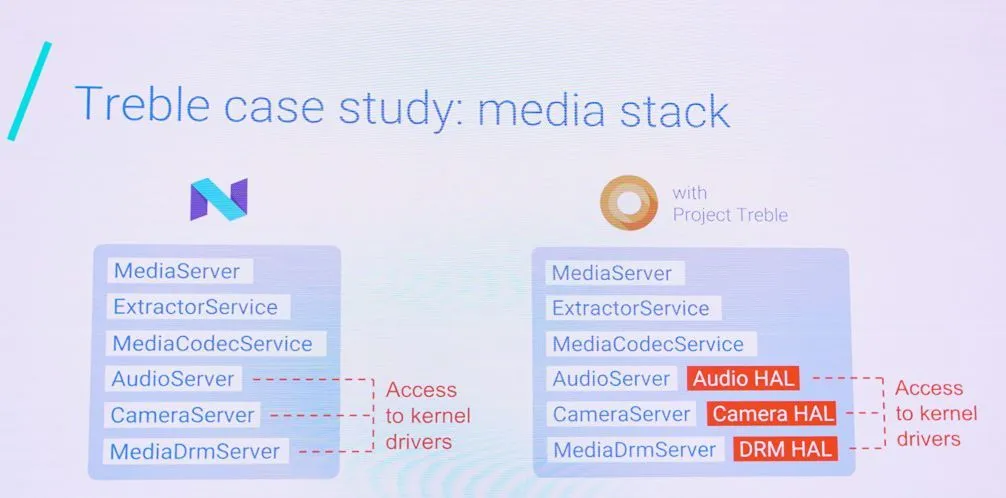Apps written for Android 8 or later must implement one or more notification channels to display notifications to your users. Apps written for Android 7.x or lower will continue to behave the same as they do now, even on a device running Android Oreo.

When a user modifies the behavior for any of the following characteristics, it applies to the whole notification channel, so all notifications posted to that channel behave the same:


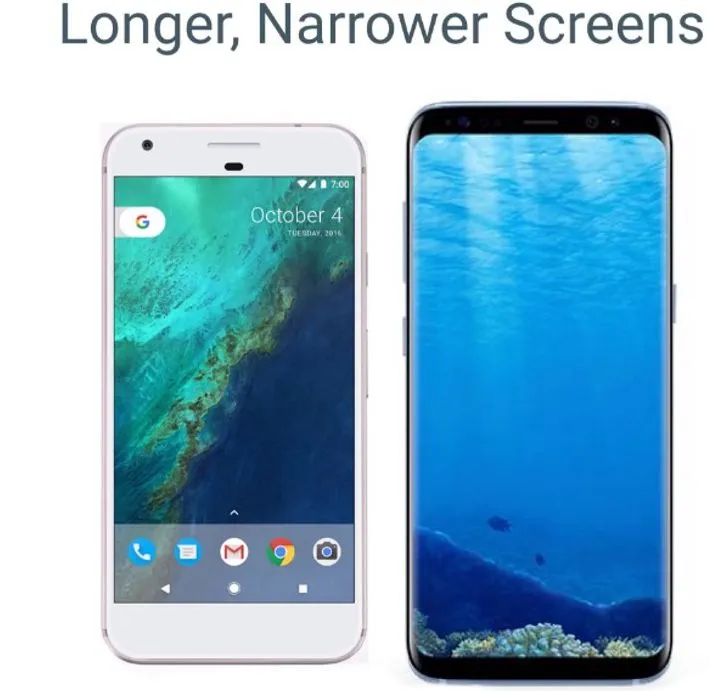
Importance
Sound
Lights
Vibration
Show on lock screen
Override do not disturb
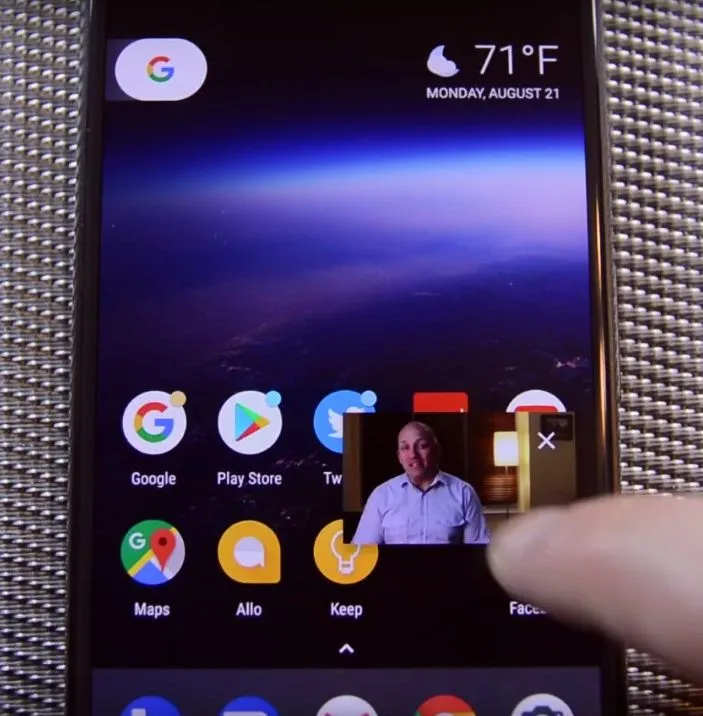
If Android Oreo only had Picture-in-Picture, AutoFill, Wi-Fi Aware, multi-display support and smart sharing then that would already be more than enough for it to trump Android Nougat in the “which version is better” game, but there is plenty more!

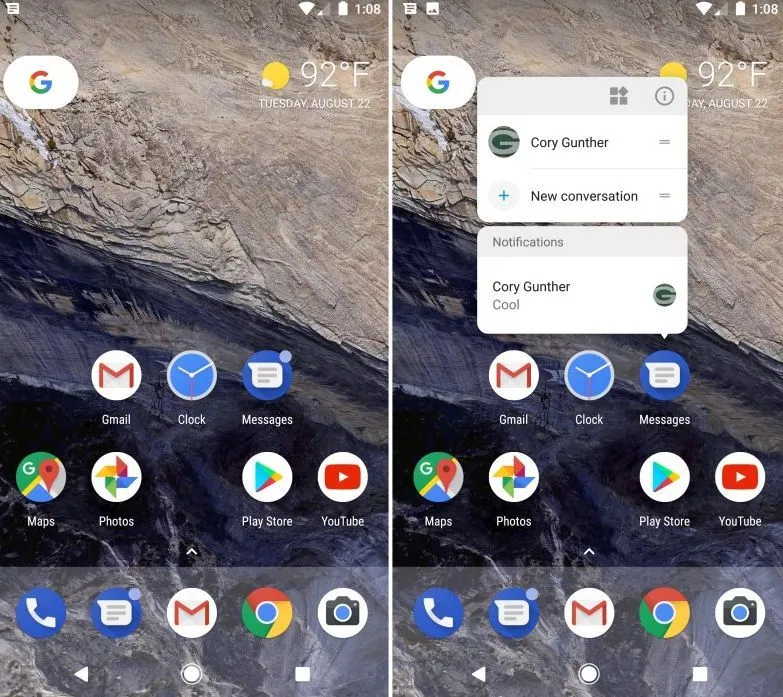
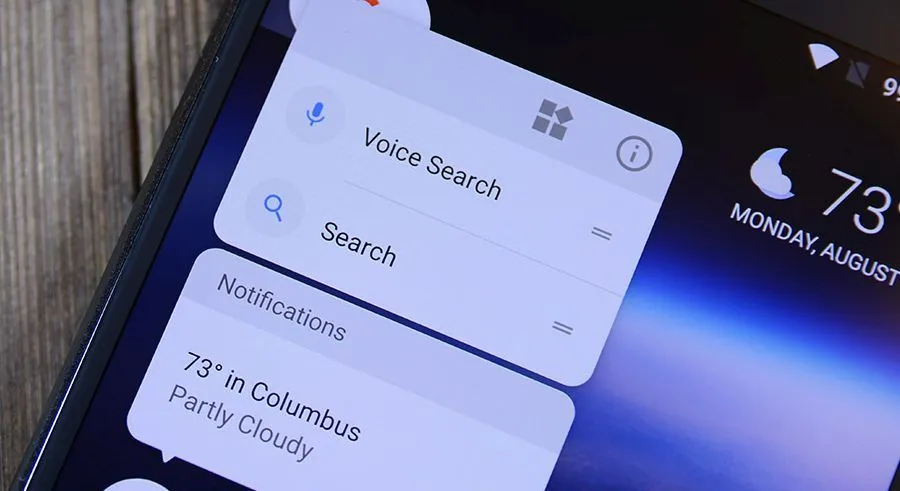
Another big change in Oreo is to the way Android handles background tasks. The changes are designed to limit what background tasks can do and so improve battery life.

Next up are the improvements to Android’s audio subsystems. There are two main changes here: First, the support for additional Bluetooth codecs. Second, changes to how Android handles audio focus.
